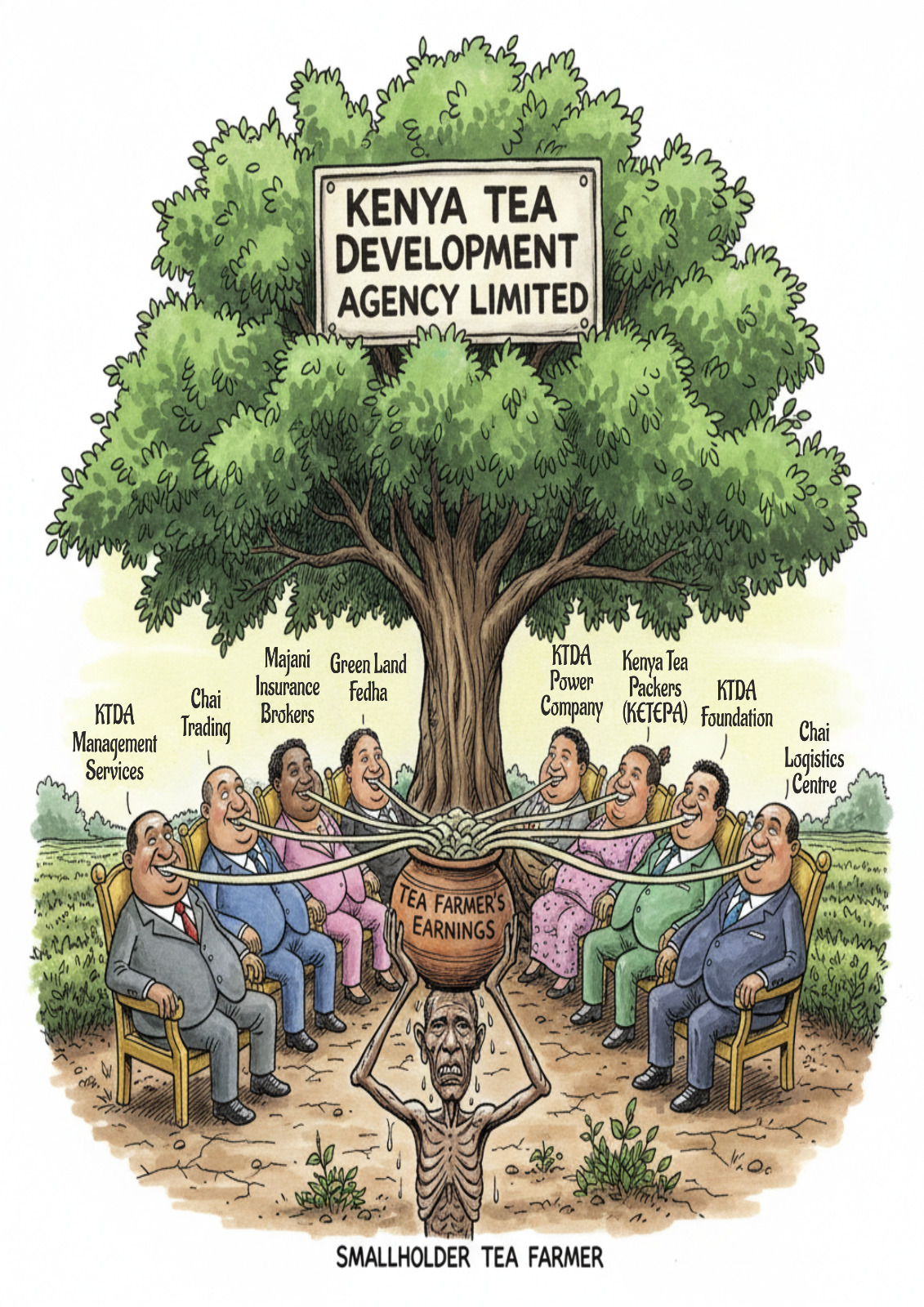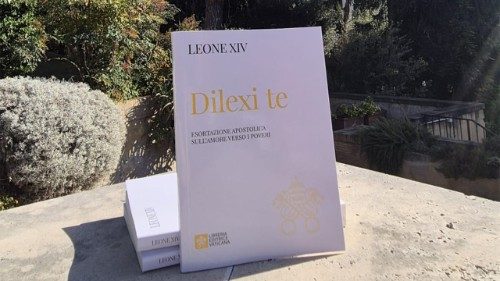Liteito: The Timeless Art of Sharpening Tools and Minds

Throughout history, sharpening stones have played a crucial role in shaping human civilization. From farm implements to weapons, early humans relied on various techniques to hone their tools, ensuring efficiency in both agriculture and defense. The evolution of sharpening techniques reflects the ingenuity and adaptability of different cultures across time.
Ancient Techniques of Tool Sharpening
The earliest sharpening methods date back to the Stone Age, when flint emerged as a primary material due to its durability and sharpness. Over time, more sophisticated methods developed:
Pressure Flaking: Dating back 75,000 years, this technique was discovered in South Africa's Blombos Cave during the Middle Stone Age. It involved heating silcrete and shaping it with bone or wooden tools, producing sharper and more effective implements.
Polishing Stones (Polissoirs): Around 5,000 years ago in England, early civilizations used large polishing stones to refine stone axe heads. These polished tools were vital for farming and construction projects such as Stonehenge.
Later Developments in Sharpening
With advancements in metallurgy, the need for sharper and more durable metal tools led to the refinement of sharpening methods:
Whetstones: Originating in Japan during the Jomon period (13,000 BCE - 3,000 BCE), these natural stones became indispensable for sharpening swords and knives. Over centuries, the use of water stones further enhanced their effectiveness.
Industrial Advancements: The Industrial Revolution introduced water-powered grinding wheels, significantly improving blade-sharpening efficiency and paving the way for modern sharpening techniques.
Global Perspectives on Sharpening Practices
Sharpening traditions have been preserved across different cultures worldwide:
In Australia, Aboriginal peoples have used whetstones extensively for thousands of years.
In Thailand, farmers and hunters have long relied on similar sharpening techniques for their tools.
The Kalenjin Perspective: Liteito and the Art of Sharpening
Among the Kalenjin people of East Africa, sharpening is not just a practical skill but a deeply rooted cultural tradition. The phrase "Liteito ko chamnyetap niin kilitei, litindet ak liteito" translates to "the sharpening stone and the implement to be sharpened have a love of unity to achieve sharpening." This expression signifies the interdependent relationship between tools and their maintenance.
Sharpening was historically regarded as an art form, practiced by specific clans known as Litiik. Among them, the Matirenik Cheindochin Lugeet ak Tuum clan was particularly renowned for its expertise. Their skill was passed down through generations, making sharpening an economic activity vital to the community.
Fr. Ambrose’s Liteito Radio: A Metaphorical Extension
In modern times, Fr. Ambrose’s Liteito Radio serves as a symbolic continuation of this ancient tradition. Just as sharpening stones were essential for refining tools, the radio station aims to sharpen minds by disseminating knowledge and fostering social, economic, and cultural growth. The concept aligns with the root word "(ke)lit", meaning "to sharpen," emphasizing the power of education and shared wisdom in societal development.
From prehistoric times to modern innovations, sharpening stones have remained essential in human progress. Whether through traditional whetstones or symbolic initiatives like Liteito Radio, the legacy of sharpening continues to shape societies worldwide.
Baroswa Francis K. Araap Talam is the curator of the Koitaleel Samoei Museum and an author of history books.







Comments (0)
No comments yet. Be the first to comment!